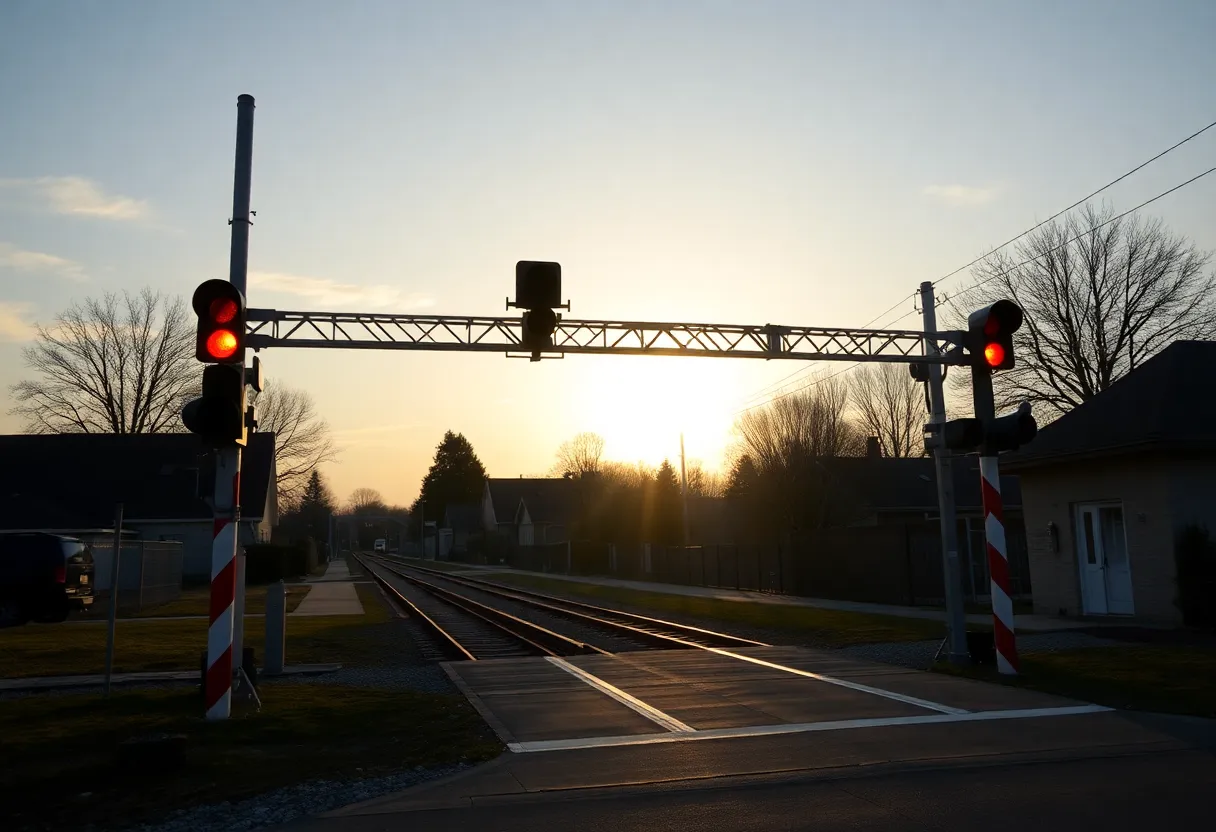Structural Integrity: Lessons Learned from Connection Failures
Structural integrity is paramount in engineering, construction, and architecture. Ensuring that structures can withstand the loads and forces they encounter is a fundamental responsibility of engineers and architects alike. Connection failures, however, pose a significant threat to the overall integrity of structures, often leading to catastrophic consequences. This article delves into the lessons learned from various connection failures and emphasizes the importance of understanding structural integrity.
Understanding Structural Integrity
Structural integrity refers to a structure’s ability to withstand its intended load without experiencing failure. This encompasses various factors, including material selection, design, load distribution, and the connections that tie different components together. Each element plays a critical role in ensuring the solidity and reliability of the overall structure.
Types of Connection Failures
Connection failures can occur in different forms, influenced by various factors such as materials, engineering practices, and environmental conditions. Here are some notable types of connection failures:
Brittle Failures
Brittle failures are sudden and catastrophic. They often occur when materials break without significant deformation. Such failures are typically due to poor material selection or inadequate design considerations.
Ductile Failures
Ductile failures, in contrast, involve noticeable deformation before collapse. These failures provide warning signs, allowing for emergency actions. However, they can still be destructive if not adequately addressed.
Fatigue Failures
Fatigue failures occur after repeated loading and unloading cycles. Over time, microcracks develop and propagate, leading to unexpected structural failure. This type of failure often goes unnoticed until it leads to significant damage.
Notable Connection Failures and Their Impact
Several high-profile connection failures throughout history have provided valuable insights into the importance of structural integrity. These case studies illustrate the consequences of neglecting connection design and material selection.
The Tacoma Narrows Bridge
Completed in 1940, the original Tacoma Narrows Bridge in Washington State collapsed due to aeroelastic flutter. The bridge’s connections could not handle the aerodynamic forces, leading to its eventual downfall. This incident highlighted the necessity for aerodynamic considerations in bridge design and the importance of testing under real-world conditions.
The Ronan Point Apartment Collapse
In 1968, the Ronan Point apartment building in London partially collapsed due to a gas explosion that weakened its structural connections. The failure demonstrated the vulnerabilities of precast concrete connections. Lessons drawn from this incident led to revisiting the design principles associated with multi-story buildings and the importance of robust connection design.
The Kinzua Bridge Collapse
In 2003, the Kinzua Bridge in Pennsylvania suffered a significant structural failure during a tornado. The connections between the steel trusses were not designed to withstand such forces. This incident underscored the need for comprehensive load analysis in environmental design considerations.
Lessons Learned from Connection Failures
Connection failures serve as a stark reminder of the consequences of neglecting structural integrity. Here are key lessons derived from notable failures:
Comprehensive Engineering Analysis
Connection design should not be an afterthought. Comprehensive engineering analysis must incorporate all potential loading scenarios. This includes dynamic loads from wind, seismic activity, and even human factors. Regularly updated analysis results must be embedded in the design cycle.
Material Selection Matters
Choosing the appropriate materials for connections is crucial. Different materials exhibit various failure modes. A thorough understanding of material properties and their behaviors under various loads can prevent premature failures.
Regular Inspections and Maintenance
Even well-designed and constructed connections can succumb to wear and tear. Routine inspections are vital to identify potential issues before they escalate. Maintenance protocols should be established to repair or replace ailing connections promptly.
Advancements in Technology and Design
The field of structural engineering has significantly evolved due to technological advancements. Innovations in materials and design practices can enhance structural integrity and mitigate connection failures.
Finite Element Analysis (FEA)
FEA allows engineers to model complex structures and simulate various loading conditions. This technology helps predict how structures will behave under different scenarios, leading to improved connection design and ultimately better structural integrity.
Smart Materials
Smart materials can adapt to their environment, changing properties in response to external stimuli. Incorporating these materials into structural designs could significantly enhance the resilience of connections against failures.
Geometric Optimization
Using advanced algorithms for geometric optimization allows engineers to design more efficient connections. Optimized geometries can effectively distribute stress and reduce the likelihood of failure.
The Role of Standards and Regulations
Establishing standards and regulations plays a pivotal role in maintaining structural integrity. Compliance with these regulations ensures that connection designs meet minimum safety requirements.
International Building Codes
Various international building codes outline the necessary procedures and standards for design. Familiarity and adherence to these codes are crucial for engineers and architects, ensuring that structures are designed with safety as a priority.
Continuous Improvement of Standards
As new materials and technologies emerge, building standards and codes must evolve. Continuous review and improvement of regulations based on recent incidents and technological advancements can enhance overall structural integrity.
Conclusion
Connection failures serve as a critical reminder of the importance of structural integrity. By studying past failures and understanding their causes, engineers can make informed decisions that improve the design and performance of structures. Comprehensive engineering analysis, meticulous material selection, regular inspections, and adherence to evolving standards are vital to preventing connection failures. The lessons learned from these incidents pave the way for safer, more resilient structures in the future.







